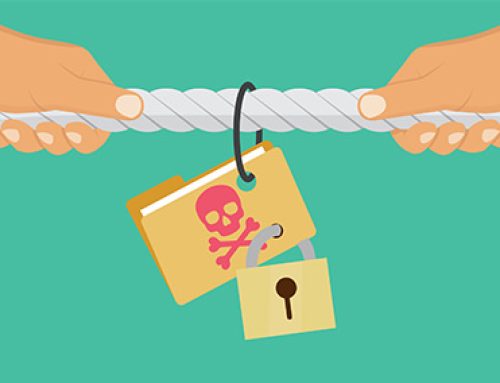Bad IT habits are like weeds, springing up everywhere and difficult to get rid of. They especially proliferate in backup and disaster recovery. IT professionals learn bad techniques from mentors and leaders, then pass them down to other team members and so on. And with so many moving parts to take care of – from security to backup performance to testing to datacenter maintenance – it’s not surprising many teams fall into counterproductive processes.
Let’s talk about 6 bad BDR habits that need to be retired yesterday.
#1 Slow Recovery
Long delays in recovery are probably the top complaint in the BDR world. So why do so many teams tolerate them? Our own research shows that 72 percent of organizations rank recovery speed as very critical, yet more that 80 percent take over an hour to recover from a server failure – and more than a quarter need 2 hours or more. Given the availability of solutions like our own onQ that can get you back up and running in just minutes, IT leaders need to stop making excuses for slowness.
#2 Complexity
If you’ve ever been caught in a nest of too many solutions involving too many processes, you know how time-consuming and arduous it can get. Instead of spending your days on initiatives and innovations that could benefit the business, you’re babysitting backups, trying to get disparate tools to talk to each other and conducting ridiculously long tests. And even if you do narrow down your solutions, chances are you’re using one that asks you to complete a minimum of ten steps to failover. The answer: a simple and unified solution with 1-click recovery, automated testing and other features that eliminate days of busywork.
#3 Insecure Backups
There was a time when common wisdom held that your backups didn’t need to be encrypted. Today, given the onslaught of attacks that shows no sign of stopping, your backups demand strong security controls – including encryption. They also play a vital role in recovering from ransomware attacks. By making sure your backups are protected and immediately available, you stand your best chance of maintaining uptime without paying a ransom.
#4 Relying on Backup Tapes
With the speed and convenience of cloud-based BDR solutions, it may seem surprising that so many teams are sticking with what they know: backup tapes and on premises systems. But cloud backups can offer cost savings, high performance and a radical improvement in recovery speed; they also add another layer of redundancy, increasing peace of mind.
#5 An Outdated Disaster Recovery Plan
A documented plan is critical to mounting an effective recovery – but it must be tested and current. Given the rapid changes in solutions, personnel and data management strategies in most organizations, it’s easy for a plan to quickly become unworkable. Keep conducting risk assessments, testing your plan regularly and identifying where the gaps are. Even something as simple as a breakdown in the call chain or turnover of staff trained in the BDR failover process can incur a serious problem.
#6 Failure to Prioritize Recovery
The era of Big Data has left most teams juggling an ever-expanding variety of applications and systems while trying to efficiently steer the ways in which they interact. The dangers in this can become clear when disaster hits and the team isn’t sure which systems need to come up first – or they believe they know, but then realize a mission-critical application has been left behind. Tiered recovery creates a more cost-effective storage strategy that dedicates the strongest protection and fastest recovery to your most valuable systems, apps and data.
Backup and disaster recovery doesn’t have to be as time-consuming and complicated as it initially seems. By adopting better processes, your team can accelerate recovery and reduce manual labor – improving your infrastructure performance whether there’s a disaster or not.





